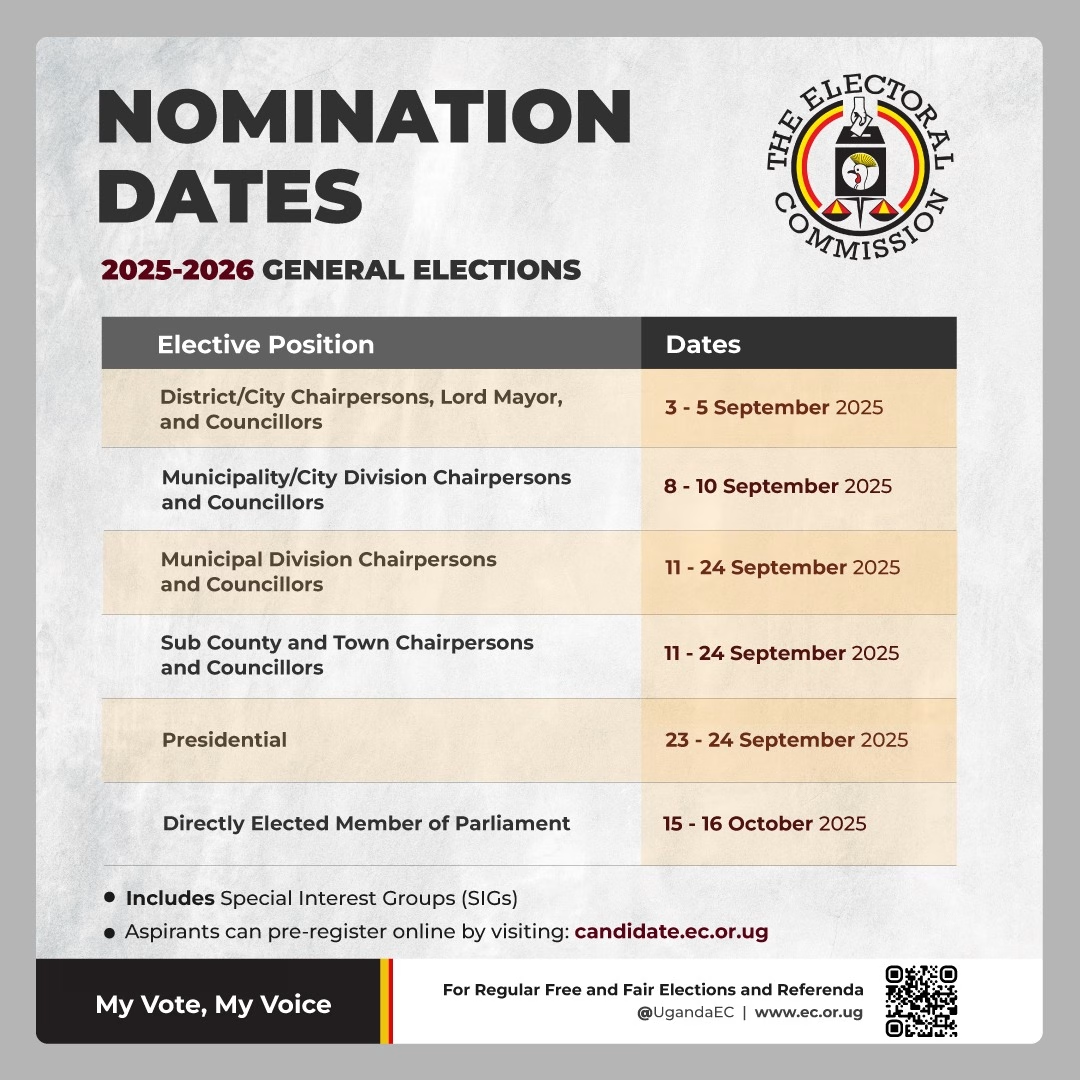Despite extensive sanctions and numerous efforts, Western nations have not managed to undercut the Russian military-industrial complex effectively. This goes beyond just electronic components, which, despite export restrictions, still find a way into Russia through alternative, albeit more costly, routes.
Production of shells, missiles, armored vehicles, and drones has surged several times over, enabling Vladimir Putin to perpetuate his relentless campaign against a neighboring country.
According to experts from the Royal United Services Institute [RUSI], Jack Watling, and Gary Somerville, the inability of Western countries to stymie Russia’s military operations is partly due to the lack of a unified approach during the initial sanction phase, among other contributing factors.

One key point to note is that, unlike the United States, Europe lacks the necessary infrastructure to enforce sanctions effectively. Europe has traditionally viewed sanctions more as a regulatory mechanism rather than a form of economic warfare. Their approach has been to shame those they target instead of undermining their harmful activities.
Despite the concerted efforts of Ukraine’s international allies, Russia continues to procure nitrocellulose from Germany, Turkey, and Taiwan. Additionally, it sources other essential raw materials for explosives globally, allowing it to rapidly ramp up ammunition production. According to experts from RUSI, since the onset of the war, Russia has significantly increased its production of:
– 152-mm artillery shells by 5.3 times, growing from 250,000 per year to an anticipated 1.325 million in 2024. Moreover, around 800,000 122-mm shells are expected to be produced this year.

– For the Grad multiple launch rocket systems, shell production will expand by 15.2 times, rising from 33,000 to over 500,000. The Uragan system will see a 6.1 times increase, with production jumping from 2,800 in 2023 to 17,000 this year, with similar volumes anticipated for 2025.
– Efforts are underway to restore about 20% of pre-war ammunition stocks, which have deteriorated significantly in storage. Alongside supplies from Iran, Belarus, Syria, and North Korea, Russia’s total ammunition supply is likely to remain at 4 million in both 2024 and 2025.
– The Kh-101 cruise missiles have seen a significant increase in production, rising from 56 units in 2021 to a projected 420 units in 2023, with a target of reaching 460 units. This is an increase of about 7.5 times.

– The 9M723 Iskander missiles have more than tripled in production. Despite extensive use during the first year of the war, which left only 50 missiles in reserve at the start of 2023, the number has risen to 180 within a year, encompassing both 9M723 and 9M727 models.
– Iranian Shahed-136 drones have experienced a production surge of 6.3 times. Before the conflict in Ukraine, Iran produced roughly 40 of these drones monthly. Now, the collaborative production rate in Russia and Iran exceeds 250 units. This growth highlights that sanctions have not significantly hindered production, especially considering the dependence on microelectronic components from the U.S. and other countries.
Estimating the production of armored vehicles in Russia can be tricky, as noted by experts from RUSI. In 2024, Russia is projected to produce roughly 1,500 tanks and 3,000 other armored vehicles. Interestingly, 85% of these will be refurbished equipment from existing stocks.

On the flip side, the production of new armored vehicles is also seeing an uptick. For instance, the Kurgan Machine-Building Plant’s quarterly production of BMP-3 units in 2023 was recorded at 100, 108, 120, and 135 units, respectively. Russian manufacturers have had to adapt after losing access to Thales’ thermal imagers from France, substituting them with Chinese and Belarusian alternatives that are “less effective but adequate.”
While these conversions necessitate modifications to the machines, they continue to receive substantial imports from the United States, Europe, Taiwan, and other countries. This includes essential software updates, according to experts Watling and Sommerville.
The importation of dual-use goods critical to Russia’s military-industrial strength has surged remarkably since President Putin met with Chinese President Xi Jinping in March 2023, as highlighted by a recent Center for Strategic and International Studies [CSIS] report.

Deliveries of items like helicopter parts, navigation systems, and precision machinery for weapons and aircraft components have jumped from a few thousand to nearly 30,000 monthly. “This surge has enabled the Kremlin to speed up the production of armaments, such as armored vehicles, artillery, missiles, and drones, effectively bolstering their defenses during the Ukrainian counteroffensive in 2023,” explained CSIS senior fellow Max Bergmann.
Bulgarian Military


